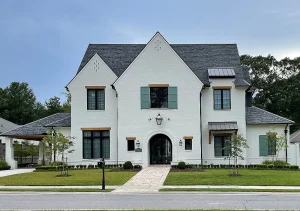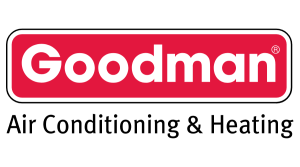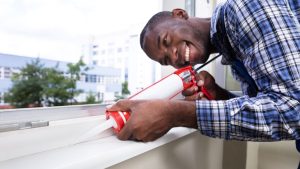How Many HVAC Systems Should Be Installed in a 5,000 Sq. Ft. House?
It is important to note the efficiency and efficacy of your HVAC system when attempting to heat or ventilate a sizeable home. Such homes have square footage, for instance, of roughly 5,000. The number of HVAC units a household has determines energy consumption as well as comfort levels and the lifespan of the entire system. The number of systems needed for a house of this size is, however, vague. This is due to a number of considerations.
At Summers Comfort Heating & Air located in Baton Rouge specializes in designing the right HVAC system for your home. That said, consider the following when estimating the number of HVAC systems that you need for a 5,000 sq. ft. house.
What Are the Areas to Take into Account?
The number of HVAC systems needed must be determined after considering a considerable number of factors. Some of these include:
Zoning Needs
Zoning is probably the most crucial of all considerations. A 5,000 sq. ft. house is likely to contain different living spaces, possibly on different levels. Zoning divides your house into different segments and controls each of them differently. This helps to ensure that there is no undercooling or overheating of certain areas. Large homes have a lot of zones, so the temperature in particular spaces such as bedrooms, living rooms, and kitchens—areas that require different degrees of comfort—can be individually controlled.
Square Footage per HVAC Unit
At least one rule on the sizing of an HVAC system says that around one unit should cover an area of between 1,500 to 2,000 square feet. In a house measuring 5,000 sq. ft., this means that at least two HVAC systems can be required in that order, and up to three in cases where more than one floor has been taken into consideration.
Home Design
The design of the structure is a key element in determining the HVAC systems to install. For instance, homes with more than one story could have multiple systems of air conditioning installed on each floor for uniform temperature distribution. Larger homes with extremities or disjoined spaces could install additional systems to avoid uneven heating or cooling.
Energy Consumption
Energy-efficient features are usually present in modern homes, such as windows, doors, and insulation materials. Homes without such features may require more units to sustain the temperature. Installing additional systems may also be necessary for HVAC units to run efficiently, preventing excessive wear on the equipment.
Advantages of Having Multiple HVAC Systems
Improved Comfort
Having more systems in a 5,000 sq. ft. house means that every region of the house can be maintained at optimal temperatures, regardless of the season. With more than one system, owners can adjust climate controls in various parts, ensuring that the bedroom is cool during sleeping hours while the living room is warm during the day.
Time-Efficiency
With multiple units, your HVAC systems do not have to struggle to maintain an even temperature across the entire house. Instead, they can be zoned for specific areas, resulting in less energy usage and lower utility bills.
Reduction in Operational Costs
By reducing the strain on any single unit, you minimize wear and tear, which improves the efficiency of each HVAC system and ultimately saves you money.
What is the Ideal Setup for a 5,000 Sq. Ft. Home?
When it comes to homes of this size, experts recommend two to three HVAC systems. Here’s why:
- Two Systems: This works best for a two-story house, where one unit controls the upper level while the other manages the lower level. In homes with an open layout and good airflow between levels, two units should suffice.
- Three Systems: Larger homes with more complex floor plans, such as those with two or more wings or large living and dining areas, may require a third unit. This setup allows for better control of HVAC zones, preventing hot or cold spots.
Summers Comfort Heating & Air combines professional expertise with technical precision to determine the number of HVAC units appropriate for your home by assessing its overall design, insulation, and energy parameters.
Energy-Saving Tips
In addition to installing multiple HVAC systems, consider these energy-saving measures to increase efficiency:
- Switch to a Smart Thermostat: When zoning is implemented, smart thermostats ensure the HVAC systems are only operational at crucial times.
- Properly Insulate: In most cases, insulation alleviates some of the workload on the HVAC units. Insulation reduces the amount of warm or chilled air escaping from the house during the off peak times, so your devices do not operate continuously.
- Regular Maintenance: Regular maintenance will help improve the efficacy of your systems. Replacing filters, conducting system checks and cleaning the unit may increase the lifespan of your HVAC units.
Conclusion
In a house of 5,000 sq. ft., it is common to use two to three HVAC systems. These units are required for comfort and efficiency. The number of units required will depend on zoning, layout and energy consumption. Properly distributing the number of HVAC systems increases comfort, improves efficiency, and extends the lifespan of your appliances.
If you’re unsure about the number of HVAC systems your home requires, Summers Comfort Heating & Air in Baton Rouge has the solutions. Contact us today for professional assistance and a tailored HVAC system that meets your home’s specific needs.




